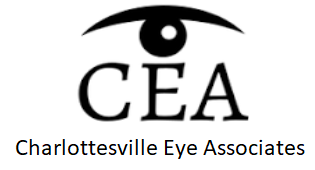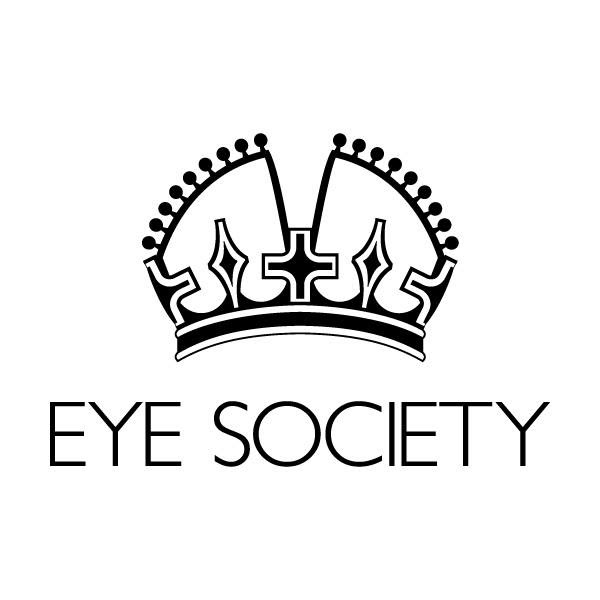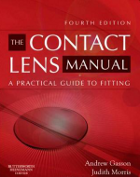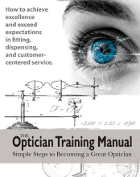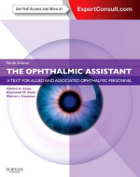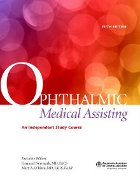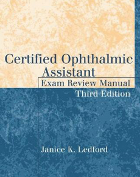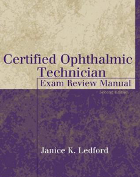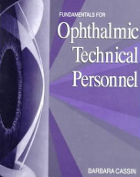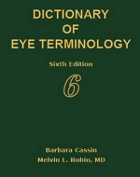Most humans depend on their ability to see the world around them in order to carry out their daily activities. Vision represents one of our most significant sensory functions, and yet few people take the time to understand how the process works. Most people do not require a working appreciation of the physiology of sight, but this is not true for opticians. A successful optician should know the basic structures of the eye and understand how light is processed.
The Importance of Light
Without light, humans would be incapable of creating visual images. Our eyes would serve no function if light did not exist. The physics involved in how light is created and the mechanism for how it travels through the world can become quite complicated, but those details are relatively unimportant for a basic understanding of the visual process. The main thing to understand about light is that it is, in essence, wave energy. There are many different types of light waves. Some of these waves we can detect, through sight, and some we cannot. In fact, the waves that we are able to visualize represent only a small portion of the waves that exist.
As light waves travel through the world, they are reflected by objects. We, as humans, are able to differentiate between objects because of the variety of ways in which waves are reflected. If you would like to understand light in greater depth, we recommend you visit any number of the sites you will find by clicking here. These sites provide enough information to keep you reading for years.
How Light Travels Through the Human Eye
Reflected light waves enter our eyes through the cornea. The cornea is the transparent dome at the front of the eye. From the cornea, the waves pass through the pupil and are bent by the lens. The lens is a crystalline object that sits just behind the pupil. This process of bending light waves is referred to as refraction and is responsible for our ability to focus the waves in such a way as to create an image. In fact, these bent light waves come to a point of convergence that lies just behind the lens. It is at this point of convergence where the image becomes reversed and inverted. The waves then travel through the vitreous humor and are projected onto the retina. The retina then converts the waves into electrical signals which are sent through the optic nerve to the brain where they are developed into the images we perceive.
Refractive Errors
Visual abnormalities can occur as the result of a malfunction or limitation at any stage of the visual process from the cornea all the way to the brain. There are problems that can and do arise with each of the components of the visual system, but opticians are generally responsible for addressing only a few very specific problems that result from variations in the lens and cornea. Progressively more complex ophthalmic problems are usually handled by optometrists and ophthalmologists. While opticians do not perform refractions, they do need to understand the types of refractive errors that exist so that they can interpret the eye wear prescriptions that they receive and ensure that the proper lenses are provided to customers.
The following is a brief outline of the four most common refractive errors…
- Myopia (nearsightedness) – This occurs when the image comes into focus in front of the retina. Myopia usually results because the eye itself is too long or because the cornea has an excessive amount of curvature. Myopic patients are able to see images clearly when they are brought close to the eye, but have trouble seeing images clearly when they are far away from the eye.
- Hyperopia (farsightedness) – This occurs when the image comes into focus behind the retina. Hyperopia usually results because the eye itself is too short or because the cornea does not have enough curvature. Hyperopic patients are able to see images clearly when they are placed far away from the eye, but have trouble seeing images clearly when they are brought close to the eye.
- Astigmatism – This error occurs when the cornea is shaped like a football instead of a baseball. Astigmatism results from differences between the vertical and horizontal axes of the cornea. Most people have some degree of astigmatism which is easily corrected with eyeglasses or contact lenses.
- Presbyopia – This error is commonly associated with aging and causes people to experience a decline in their ability to focus on objects that are near to the eye. The condition usually begins to occur around the age of 40 and is easily corrected with either reading glasses or bifocals.
These four types of refractive errors represent the majority of the cases that an optician will encounter. It is important to understand these errors because they will affect which products and services the optician should recommend. While there are many more details that an optician should know about refractive errors, the information above will at least allow the optician to communicate with ophthalmic professionals and customers on a basic level.


